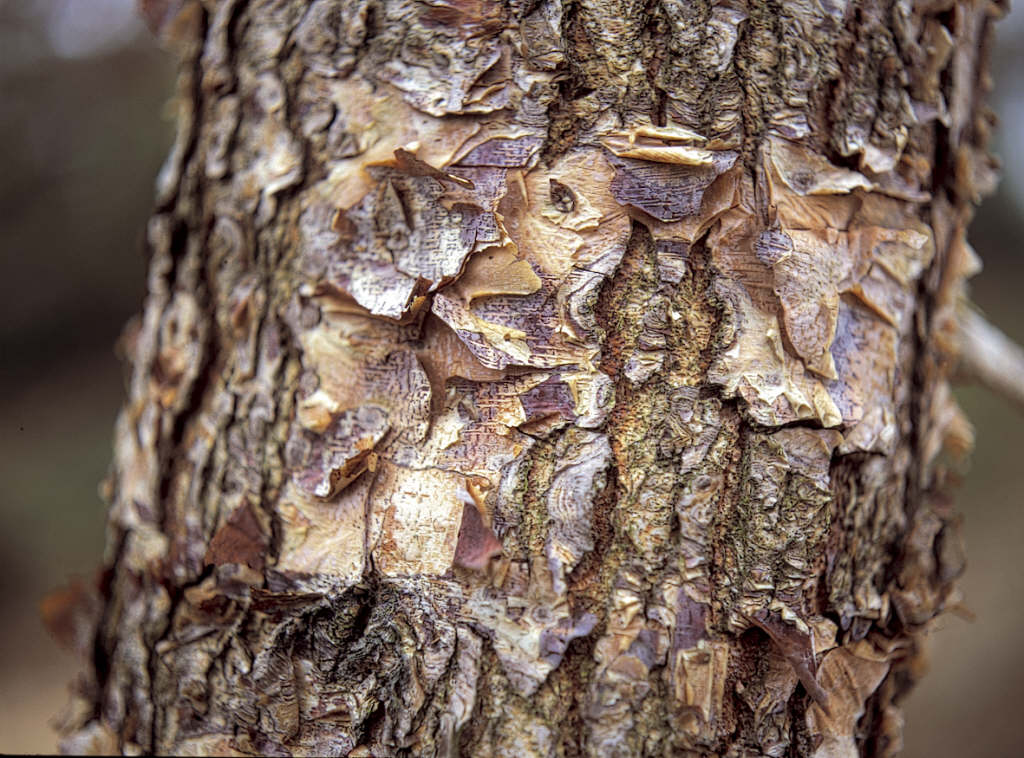Betula nigra
black birch
Fast-growing, deciduous tree to 18m tall, with a conical habit and shaggy bark, peeling in layers at first pinkish-orange then brown, or almost blackish or grey-white and ridged on old trees and diamond-shaped, glossy green leaves turn yellow in autumn; yellow-brown male catkins to 8cm long in early spring

Buy this plant
Size
Ultimate height
Higher than 12 metresTime to ultimate height
20–50 yearsUltimate spread
4–8 metresGrowing conditions
Moisture
Moist but well–drainedpH
Acid, Alkaline, NeutralColour & scent
| Stem | Flower | Foliage | Fruit | |
| Spring | Brown | Green | ||
|---|---|---|---|---|
| Summer | Green | |||
| Autumn | Yellow | |||
| Winter |
Position
- Full sun
- Partial shade
Aspect
South–facing or North–facing or West–facing or East–facing
Exposure
Exposed or Sheltered Hardiness
H7Botanical details
- Family
- Betulaceae
- Native to GB / Ireland
- No
- Foliage
- Deciduous
- Habit
- Bushy
- Genus
Betula can be deciduous trees or shrubs, usually colouring well in autumn and often with striking white, pink, or peeling brown bark; separate male and female catkins open before or with the leaves in spring
- Name status
Correct
- Plant range
- C & E USA
How to grow
Cultivation
Grow in moderately fertile, moist but well-drained soil in full sun or partial shade but tolerant of a range of soil conditions
Propagation
Suggested planting locations and garden types
- Cottage and informal garden
- Wildlife gardens
Pruning
Pests
May be susceptible to birch borers, leaf-mining sawflies and aphids
Diseases
May be susceptible to honey fungus, a tree rust and powdery mildews
Love gardening
Sign up to receive regular gardening tips, inspiration, offers and more
View our Privacy Policy
Get involved
The Royal Horticultural Society is the UK’s leading gardening charity. We aim to enrich everyone’s life through plants, and make the UK a greener and more beautiful place.